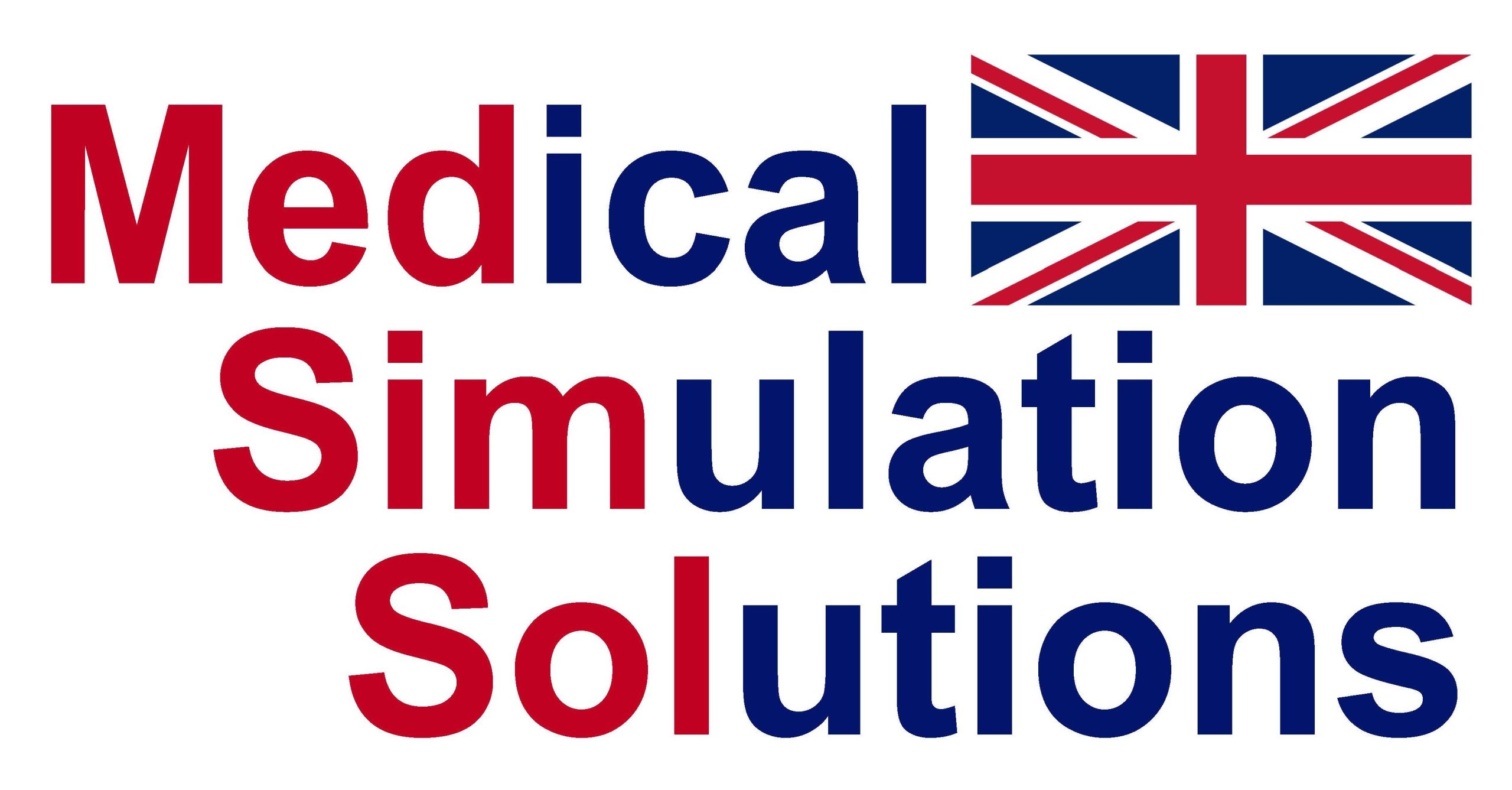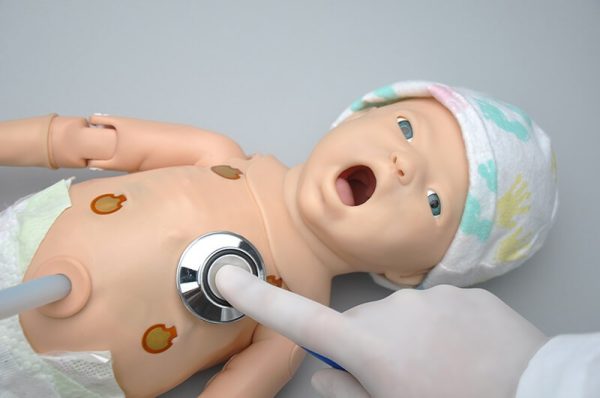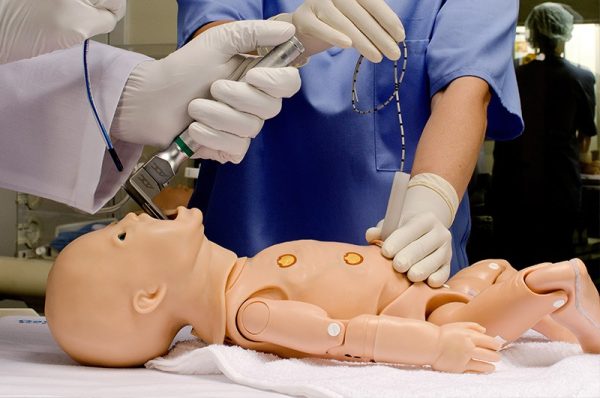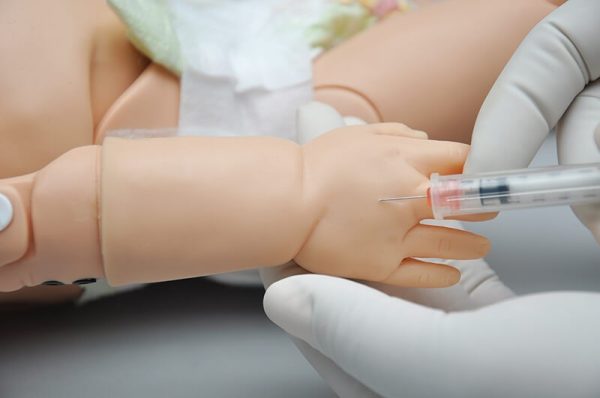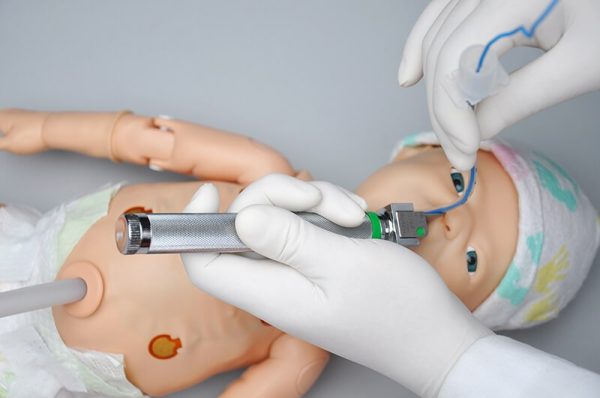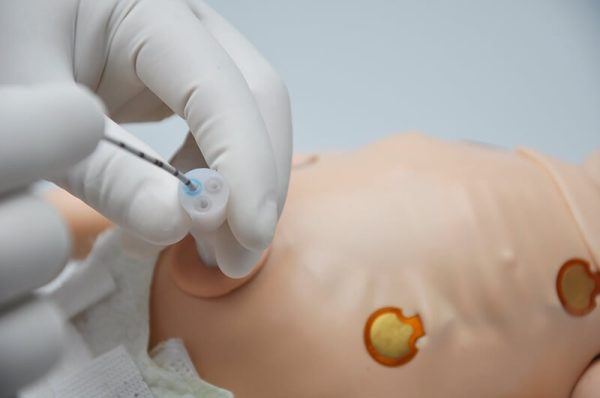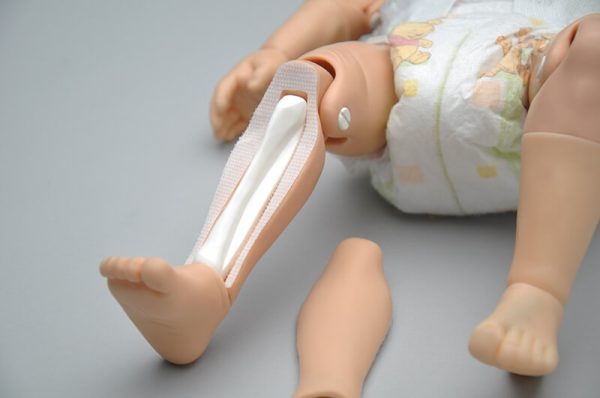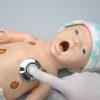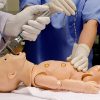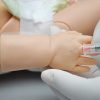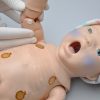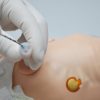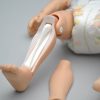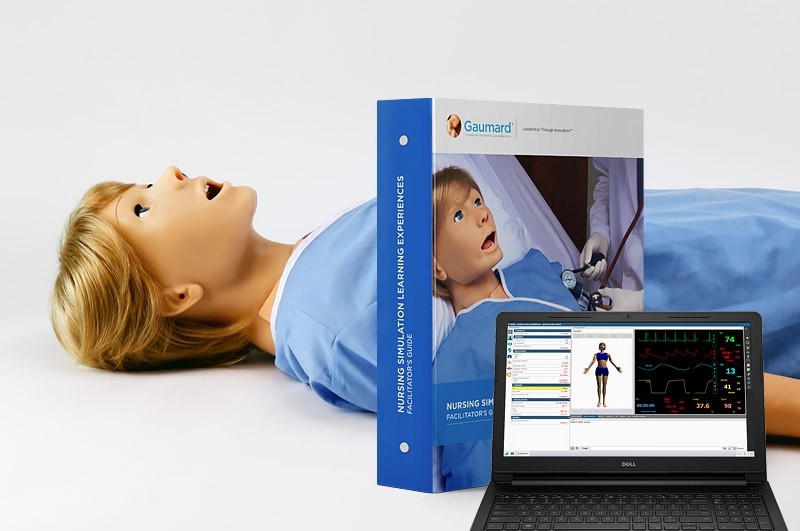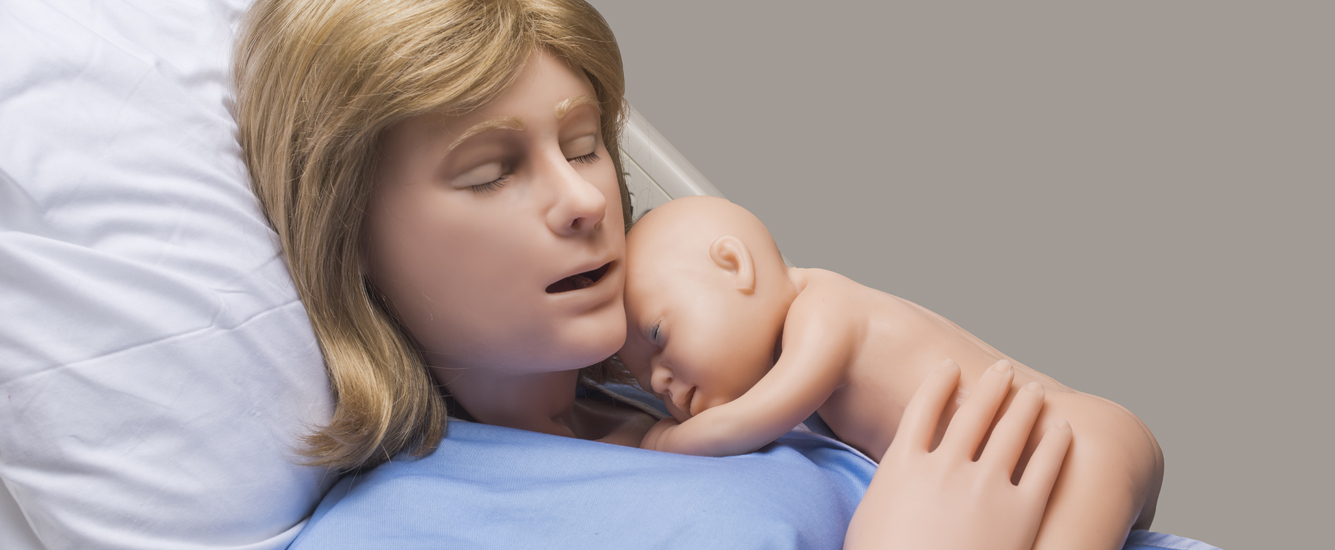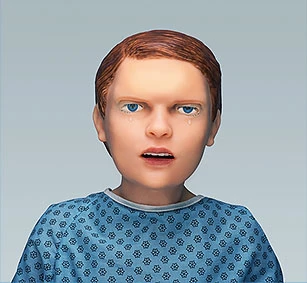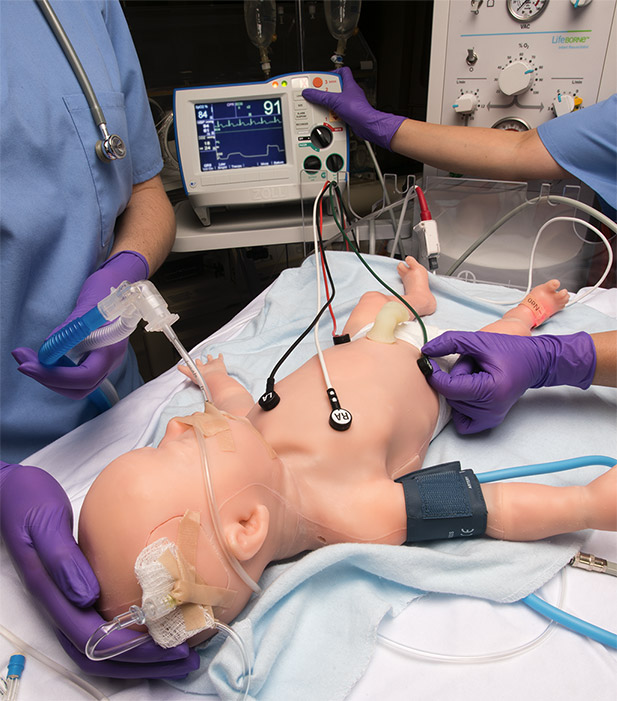Description
General
- Available in ethnic skin tones
- Tetherless and fully responsive even while being transported
- Powered from an internal rechargeable battery or wall outlet
- Battery capable of 300 recharges and operate the simulator up to 4 hours
- Simulator receives commands from a wireless tablet PC and operate at distances up to 300 Ft. (100 m)
- Option to operate automatically using Automatic mode or by the Instructor
- Training Guide with both basic and advanced interactive scenarios
- Use pre programmed scenarios, modify them or create your own quickly and easily
- Installation and training worldwide
- Simulation Made Easy™
Airway
- Multiple upper airway sounds synchronized with breathing
- Nasal or oral intubation
- Right mainstem intubation
- Sensors detect depth of intubation
- Airway may be obstructed
- Block right lung, left lung, or both lungs
- Head tilt/ chin lift
- Jaw thrust
- Simulated suctioning techniques can be practiced
- Bag-Valve-Mask Ventilation
- Placement of conventional airway adjuncts
- Endotracheal intubation using conventional ETTs
- Sellick maneuver brings vocal cords into view
Circulation
- Measure blood pressure by palpation or auscultation
- Use real modified BP cuff to measure blood pressure
- Korotkoff sounds audible between systolic and diastolic pressures
- Pulse sites synchronized with BP and heart rate
- Bilateral IV arms with fill/drain sites
- Realistic flashback
- SubQ and IM injection sites
- Intraosseous access at tibia
- Chest compressions are measured and logged
- ECG monitoring using real devices; apply real electrodes to conductive skin regions
- Multiple heart sounds, rates and intensities
- ECG rhythms are generated in real time
- Heart sounds synchronized with ECG
- Dynamic rather than static 12 lead ECG display with optional Automatic Mode and Vital Signs Monitor
- Fontanelle, umbilical and bilateral brachial pulses synchronized with ECG
Breathing
- Control rate and depth of respiration and observe chest rise
- Automatic chest rise is synchronized with respiratory patterns
- Select independent left and right upper lung sounds
- Chest rise and lung sounds are synchronized with selectable breathing patterns
- Accommodates assisted ventilation including BVM and mechanical support
- Ventilations are measured and logged
- Chest compressions generate palpable blood pressure wave form and ECG artifacts
- Detection and logging of ventilations and compressions
- Simulated spontaneous breathing
- Variable respiratory rates and inspiratory/expiratory ratios
- Bilateral chest rise and fall
- Unilateral chest rise simulates pneumothoraces
- Normal and abnormal breath sounds
Cardiac
- ECGs are generated in real time with physiologic variations never repeating textbook patterns
- Heart sounds may be auscultated and are synchronized with ECG
Speech
- Pre recorded crying
Articulation and Movement
- Seizure/convulsions
- Muscle tone active, right arm only, left arm only, reduced and limp
- Realistic rotation of the shoulder and hip joints
- Legs bend at the knees
- Supine or semi-recumbent positions
Other
- Central cyanosis
- Color and vital signs respond to hypoxic events and interventions
- Fill bladder and perform Foley catheterization
- Interchangeable genitalia
- Umbilical catheterization
- Umbilicus with two arteries and one vein. Even practice cutdowns
- Temperature probe placement
- Insert feeding tubes
- Auscultate bowel sounds
- Remains fully functional even while in transit User Interface
- Sensors track student actions
- Changes in condition and care provided are time stamped and logged
- View the actions of up to 6 care providers using a responsive menu or write narrative
- Generate and share diagnostic lab results
- File sharing through Vital Signs Monitor
- Links with optional recording and debriefing system integrating the event log with cameras and patient monitor
- Supplied with wireless tablet PC
- Optional automatic mode
- 20 pre programmed scenarios which can be modified by the instructor even during the scenario
- Create your own scenarios – add/edit
- Change simulator’s condition during the scenario
